 Tenders and Job Opportunities
Tenders and Job Opportunities Job calls
Job calls Scholarships and research fellowships
Scholarships and research fellowships Open Calls
Open Calls ENGLISH
ENGLISH Pages
Pages
Pages
Scientific Journals
In 1879, the Stazione Zoologica Anton Dohrn started to publish its own journal in marine biology entitled: Mittheilungen aus der Zoologischen Station zu Neapel. In 1916, the journal continued as: Pubblicazioni della Stazione Zoologica di Napoli (PSZN, vol.1, 1922 – vol.40, 1977) and published results based on research done at the Stazione by staff and guest investigators. The growing number of papers in the field and of specialized journals required reorganization. The journal was split into two separate journals, each of which focusing on arguments not completely covered by other international journals: Marine Ecology (PSZN I, vol.1, 1980) since 2005: Marine Ecology: an evolutionary perspective, and History and Philosophy of the Life Sciences (PSZN II, vol.1, 1979).
Marine Ecology: an evolutionary perspective
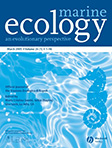
Marine Ecology, la rivista ufficiale della Stazione Zoologica ha rinnovato dal 2005 Editori, Editorial Board, formato e struttura editoriale generale.
La rivista è pubblicata online da Wiley; l'Impact factor è 1.693.
Editors-in-Chief: Roberto Danovaro
Associate Editors
Fabio Badalamenti
Consiglio Nazionale delle Ricerche - IAMC Castellammare del Golfo (Tp), Italy This email address is being protected from spambots. You need JavaScript enabled to view it.
Thomas Schlacher
University of the Sunshine Coast
Queensland, Australia
This email address is being protected from spambots. You need JavaScript enabled to view it.
L’Editorial board che consiste di circa 20 membri appartenenti a diverse Istituzioni internazionale.
Nell'Editorial Board sono anche presenti ricercatori della SZN: Paolo Guidetti, Gabriele Procaccini, Adriana Zingone.
Web Admistrator: Giuseppina Gargano.
Maggiori dettagli su Editorial Board, aims and scope del Journal ed i suoi diversi formati sono reperibili sul sito web della rivista: https://onlinelibrary.wiley.com/journal/14390485.
Mentre per la submission dei lavori è attivo il sito web: mc.manuscriptcentral.com/mae
History and Philosophy of the Life Science
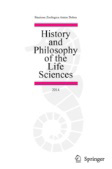 Main Editor: Sabina Leonelli, Giovanni Boniolo
Main Editor: Sabina Leonelli, Giovanni Boniolo
History and Philosophy of the Life Sciences is an interdisciplinary journal committed to providing an integrative approach to understanding the life sciences. It welcomes submissions from historians, philosophers, biologists, physicians, ethicists and scholars in the social studies of science. Contributors are expected to offer broad and interdisciplinary perspectives on the development of biology, biomedicine and related fields, especially as these perspectives illuminate the foundations, development, and/or implications of scientific practices and related developments. Submissions which are collaborative and feature different disciplinary approaches are especially encouraged, as are submissions written by senior and junior scholars (including graduate students).
HPLS also welcomes submissions featuring novel formats. While it is anticipated most submissions will represent recent scholarship, they may also include essays on contemporary issues or perspectives, results of unique workshops, and/or discussions featuring a wide-range of perspectives. Papers are published on the understanding that they have not been published before and are not concurrently under offer to any other journal. Authors will usually receive a decision on their articles within 3 months of receipt and since this journal uses continuous article publication accepted authors do not have to wait and are directly published in an issue.
Journal encourages submissions of:
- Historical and philosophical research of all life science disciplines
- Interdisciplinary research of Medicine
- English Book reviews of non-English books that fall within area of remit
- Philosophical or historical discussions about Bioethics
- Open to historical, philosophical and social studies of the full range of the life sciences, including medicine, agriculture, environmental science and biotechnology
- Presents pioneering discussions of the philosophical, social and historical relevance of key developments in the life sciences
- Represents research communities and traditions around the world
- Includes Nominated papers and Comments & Notes with discussion pieces and review articles
Large Equipments
The research activities conducted at the SZN require the use of sophisticated technologies and advanced equipment. The SZN has the resources to obtain and process data, to develop specific marine infrastructures and for the maintenance of the organisms used for experimental and scientific research.
Continuous technological and methodological innovation is needed to ensure adequate competitiveness on an international level. For this reason, all laboratories and their equipment are upgraded and developed within the SZN infrastructures.
Given the significance of the investment required beyond the capability of the individual areas and the synergy seen between the research activities conducted by the different laboratories of SZN, the main research instruments are now centralized in order to optimize the use of financial and human resources available.
The instrumentation of SZN have often unique features in the scientific context and are accessible not only to the researchers of the SZN, but to the entire international scientific community, through collaborations and scientific exchanges or through the infrastructure model and access now consolidated, for example, for the ASSEMBLE project that played a preparatory role to the EMBRC project.
EMSO
EMSO is another distributed European infrastructure with the aim of monitoring environmental phenomena relevant to the understanding of the complex interactions between the geosphere, hydrosphere and biosphere, with particular reference to the deep environments.
The SZN is partner of the Joint Research Unit (JRU EMSO), sharing expertise, databases and resources with other partners to promote the training and joint research and technology transfer in this area of marine science.
The years 2015-2025 will be crucial to develop the next generation of marine observers and in particular to work with the new technologies of the Tyrrhenian Sea (the only sea entirely Italian) and the Gulf of Naples.
MEDAS (Marine Ecology Data Analysis and Synthesis)
The huge amount of information available makes it increasingly necessary to recruit researchers that can transform this information into knowledge. A recent international trend also sees the creation of centres of ecological data analysis and synthesis. In this perspective, the SZN will strengthen the Centre Marine Ecological Data Analysis and Synthesis (MEDAS) in collaboration with the University of Stanford.
The goal of this centre is to analyse existing information, by giving answers to the big questions and even economic needs within the Blue Growth. The SZN intends, with this centre, to promote the formation of working groups, summer schools, research activities, visiting scientists and PhDs. MEDAS will focus on marine systems, the ecosystem-based management, and the definition of new research policies and management of marine resources.
SZN intends to improve its expertise in the field of meta-analysis of ecological data and knowledge and technology transfer, thus providing new opportunities of development regionally and nationally.
Lifewatch

LifeWatch is a pan-European e-infrastructure deployed for the study of biodiversity and ecosystems. Its goal is to provide researchers with tools and databases useful for the understanding and management of ecosystems. The SZN is the Italian partner, operating in the Services Centre of RI, which links state-of-the-art ICT with the needs of biodiversity and ecosystem research and contributes to the Italian JRU of LifeWatch.
SZN is the co-coordinator of the Biomolecular Topic Centre (BTC) within the service centre providing access to the tools for genomic, metagenomics, phylogenetic and DNA-barcoding analyses, as well as to existing databases. The research communities associated to SZN will benefit from the infrastructure through the use of tools and services on-line service centre and through the participation of the topic centres and user groups.
Research
The Stazione Zoologica Anton Dohrn is a Public Research Institution. Its primary mission is the research on the biology and ecology of marine organisms, the study of their biodiversity, the analysis of the fundamental processes of biology and the potential biotechnological applications. Marine life is investigated in close connection with the evolution and the dynamics of the marine ecosystems. The Stazione Zoologica undertake novel research in the field of marine bioresources with particular reference to the biotechnologies addressed to the exploitation of molecules of marine origin for industrial processes, for the pharmaceutics, nutraceutics and other fields of interest.
The SZN has 5 main research departments:
- Biology and Evolution of Marine Organisms
- Integrative Marine Ecology
- Marine Animal Conservation and Public Engagement
- Marine Biotechnology
- Research Infrastructures for Marine Biological Resources
Infrastructures
The applied research performed at the SZN is dedicated to the development and implementation of 3 European Infrastructures (ERIC, European Research Infrastructures) in the framework of the road map ESFRI (European Strategy Forum on Research Infrastructures).
1. EMBRC, European Marine Biology Resource Centre, EMBRC is a European Infrastructure for marine biology, that supports services for applied and basic research, providing marine biological resources and/or access to marine environments for research and industrial purposes, with the aim of developing the Blue Biotechnologies, preserving marine biodiversity and fostering a sustainable management and exploitation of marine resources in the frame of the Blue Growth of the country. In particular, EMBRC has the aim of developing: i) industrial contracts; ii) financing for research; iii) tools and potential for research also through the creation of new services. Italy is, together with other 8 European countries, the founder of EMBRC. The Italian node EMBRC-IT is coordinated by the Stazione Zoologica Anton Dohrn of Naples and includes the major marine Research institutes.
2 . Lifewatch, an infrastructure deployed to the improvement of data observation and collection of biodiversity in Europe. The Stazione Zoologica contributes with studies about the census of marine biodiversity, the study of biology, ecology and distribution of marine organisms and experimental studies in situ in pilot stations or mesocosms. In this field, the Stazione Zoologica participates in the “Programma Operativo Nazionale Ricerca e Competitività 2007-2013”, with the BIOforIU project (PONa3 00025), in collaboration with CNR and Università del Salento;
3. EMSO, "European Multidisciplinary Seafloor and water-column Observatory" a European infrastructure dedicated to the development of deep marine observatories in Europe. The Stazione Zoologica contributes with studies of a network for technological observation in the Gulf of Naples and with the observation of biodiversity and functioning of deep marine ecosystems. In this field, the Stazione Zoologica participates in the “Programma Operativo Nazionale Ricerca e Competitività 2007-2013”, with the project TOP IN, in collaboration with INGV, OGS and CNR.
The research activity of the Scientists of the SZN need the use of the most technologically advanced instruments, highly specialized protocols and infrastructures for the breeding and maintenance of organisms for experimental use. The technological and methodological innovation needs the development of specific infrastructures.
The scientific equipment of the SZN has high-level characteristics and is accessible to the international scientific community, through collaborations and scientific exchanges or through the well-consolidated infrastructure model and access.
Services
The research activities of the Stazione Zoologica Anton Dohrn are supported by technological infrastructures and research units dedicated to the delivery of research services. These units provide assistance and support to different analyses and share the available competences and informatic tools. The Units support the flagship programmes and research projects of the scientists of SZN and its associates.
Molecular Biology and Sequencing
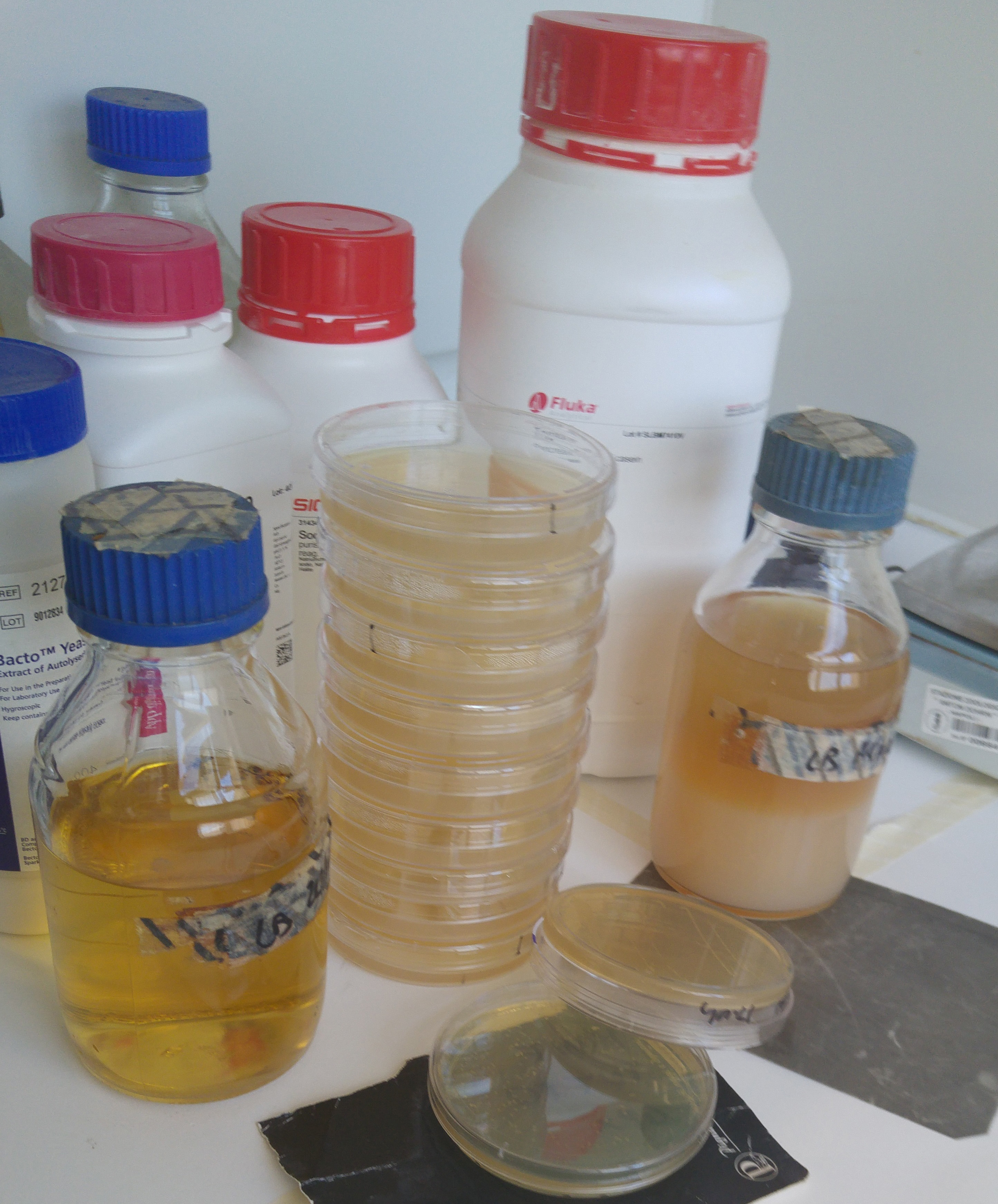 |
Basic Services for Molecular Biology |
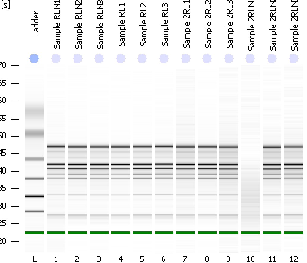 |
Qualitative Control of Nucleic Acids |
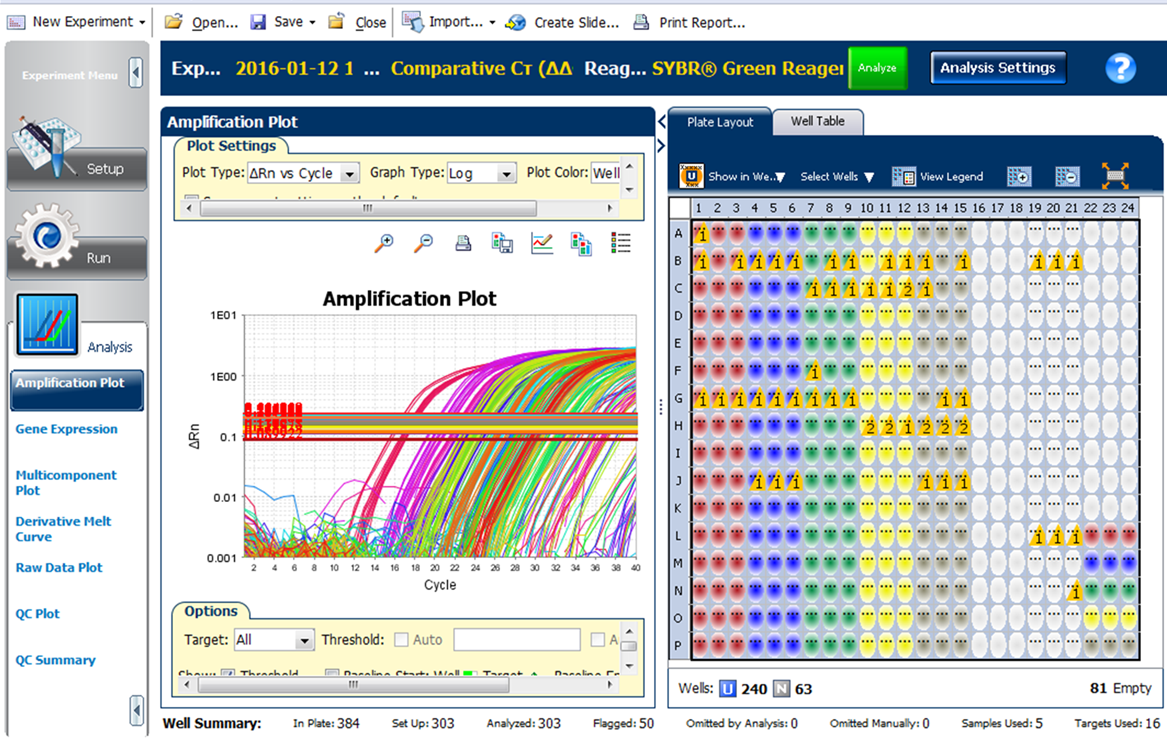 |
Real Time qPCR |
 |
Digital PCR |
DNA Sequencing (Sanger) |
|
Genotyping |
|
 |
Automation |
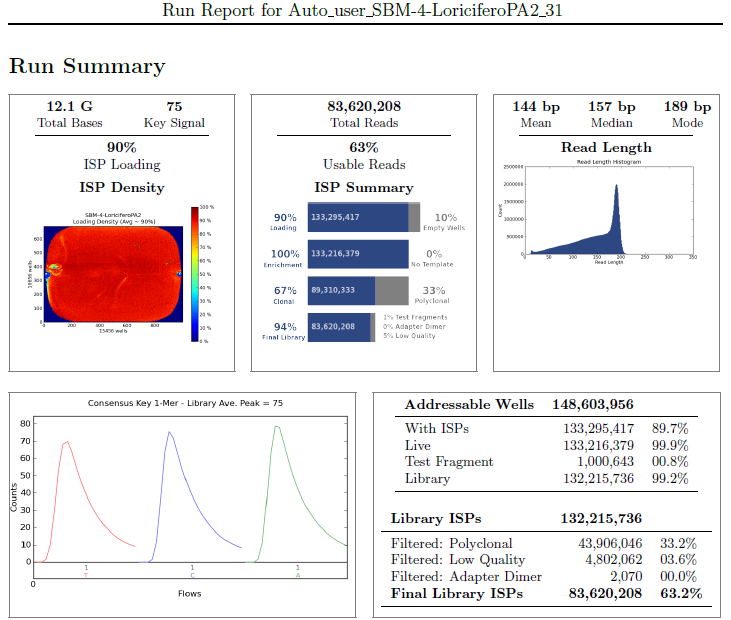 |
NGS |
Material collection and diving
| Description |
The IRM unit deals with the collection of material to be used for both research and outreach activities. The material collection is carried out in different coastal environments, including port areas and lagoons, using adequate gathering instruments or by scuba diving. The described activities are carried out on the basis of extensive experience and knowledge of plant or animal species required, of their habitats and distribution (on a local scale) and of their reproductive cycle, which is updated through information gathering and exploratory surveys. Sampling sites and collection methods are selected so as to ensure high quality standard of products. Scuba diving activities (related to the installation and maintenance of submerged structures and equipment) are carried out. In addition, the IRM Unit provides support to activities aimed at the recovery, transportation and release of marine animals. |
| Services provided |
Collection of planktonic organisms (from net or Niskin bottles);
In order to access the service, internal users have to fill and submit the form via e-mail at the following addresses: fabio.conversano(at)szn.it e francesco.terlizzi(at)szn.it. The request has to be sent within the Thursday preceding the week in which you want to receive the material. Users are invited to read the guidelines. External users should contact Dott. Fabio Conversano |
| Contacts |
Fabio Conversano Tel. + 39 081 5833357 e-mail: fabio.conversano(at)szn.it |










